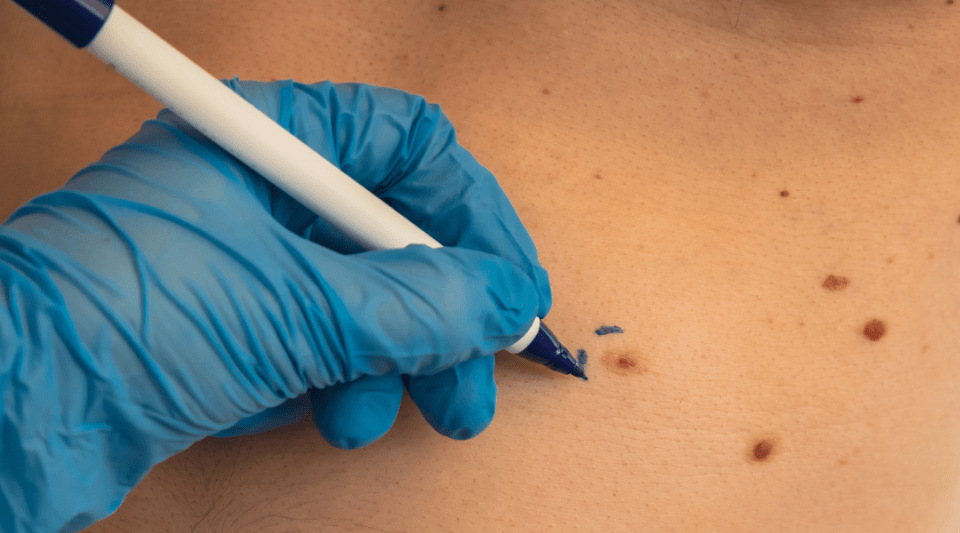Using substances such as cannabis and alcohol can significantly increase the chances of experiencing negative consequences for physical and mental health. This is worrying, as adolescents and young people are very vulnerable to the harmful effects of these substances at this age.
The risk of experiencing health problems with alcohol increases considerably with excessive use. For women, having an average of more than one standard drink, a beer or glass of wine, per day, in an average week, for example, is considered risky. As is having 4 or more drinks on a single occasion. For men, the same risk level is reached with two standard drinks per day in an average week, or 5 or more drinks in a single session.
Cannabis use also carries significant health risks. The consumption limit studied is more than 4 joints per week. Frequent use can lead to mental health problems, such as anxiety and depression, and can also affect cognitive functions and the respiratory system. Any amount taken by people with pre-existing health problems, such as mental disorders or respiratory or heart problems, is considered high-risk.
Certain factors, such as age (under 21 or over 65 years of age), pregnancy and breastfeeding, can increase the severity of the consequences of the use of these substances. Therefore, in these population groups, any use is considered high risk, regardless of the amount or frequency. It is crucial to take these factors into account when assessing risks for each person.
Do we talk enough about drug use?
In relation to this question, the initiative "I have a friend who uses drugs: How do we relate to drinking and cannabis use?", promoted by health professionals and researchers from the Clínic Barcelona was started.
In addition to discussing the risks, conversations about taking such substances are promoted and made more normal. It has been found that talking about drugs does not promote their use and, in fact, helps to reduce the stigma associated with their use. It also enables access to treatment for those who need it. A questionnaire has also been designed to help assess the level of risk associated with this drug use and to make recommendations for access to clinical treatment, if applicable.
This initiative's main objectives are to prevent the adverse effects of drugs on the health of adolescents and young people and promote greater awareness of the risks of cannabis and alcohol use.






